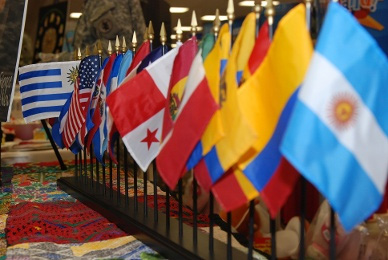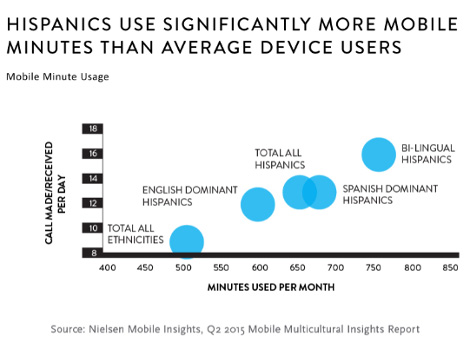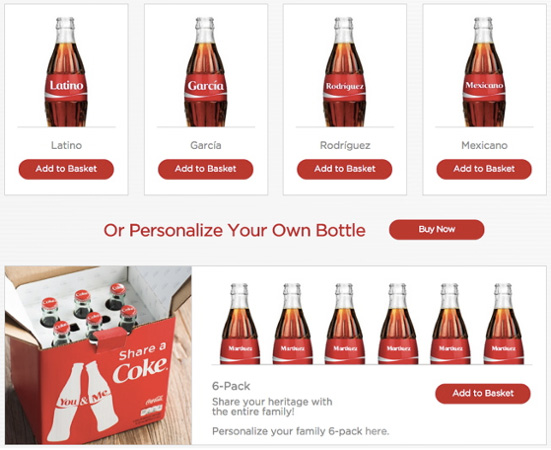[display-name-category]
[post_author]
In case you haven’t heard, the bilingual, Hispanic market of the US is a missed opportunity for
countless businesses.
Read on and get your PPC campaign ready to reach the largest ethnic group in the US with this all-inclusive guide.
First, I’ll let the numbers do the talking. According to Google:
- Size: A 163% increase in population is expected between 2010 and 2050, making up 30% of the US population by July 1, 2050.
- Market Household: Hispanic households spend approximately $40,123 each year, compared to $46,409 for general U.S. households. This gap is shrinking at a very fast pace.
- Spending Power: U.S. Hispanics purchasing power is over $1 trillion.
- Multiculturalism: 6 out of 10 Latinos are U.S. born. The younger the generation, the higher the percentage of Hispanics in it.
How Do You Break into This Gold Mine?
Translating your website can be a simple way to massively increase your audience. With less competition, it takes less effort to climb the search rankings. Also, Hispanics will naturally be more inclined to trust a company that speaks Spanish, because the more we feel connected to, part of, or attached to someone, the more they appeal to us. It’s human nature.
However, lumping all Hispanics into one group won’t get you far. Reaching them requires more than just marketing in Spanish. The following are ways to reach the Hispanic market with your PPC campaign:
1) Research Your Keywords, Rather Than Translating Them
These are the questions to ask yourself during this particular keyword research:
- What is the cultural climate like in your area?
Assuming your audience is in the US, the Hispanic community’s predominant country of origin and regional culture in your area will most likely differ.
To peel away the layers and find out who your consumers are, where they come from, and what drives them we recommend creating customer personas.
- Is there good traffic for your selected keywords?
Once you’ve created your personas, compile a list of a few important keywords for your business in Spanish and check out the traffic for them in your area.
The AdWords Keyword Tool will output the search volume for your selected keywords within specific locations, as well as CPC. Normally, CPC’s on Spanish language settings are lower than in other languages, which is a huge plus.
- What about search volume?
The Google Trends tool provides the complete search volume history and location of all terms Googled since 2004.
Takeaway: By researching the audience and keyword value in your area beforehand, you will already be way ahead of your competition. This covers the technical side of translating your website. However, there’s more to it.
2) Target by Country, Not by Language
In the enormity of the Hispanic demographic in the US, there are many subcultures that arise based on country of origin. When deciding your ad copy, don’t assume the direct translation of a keyword will work as well in Spanish as it does in English.
Latinum Network explains, “Spanish is the official language for 21 countries, each with unique histories, heritages, and customs that shape each respective country’s lexicons. Appreciating these nuanced differences in regional Spanish dialects is integral to a successful Spanish-language marketing execution.”

Each Hispanic subculture has its own dialect. Let’s take a simple word like “bus” to demonstrate the differences in dialects: These are all the variations of this one word in 6 different Spanish speaking countries.
| Mexico: Camión | Argentina: Colectivo | Nicaragua: Ruta, Bus |
| Cuba: Guagua | Chile: Liebre | Spain: Autobús |
Takeaway: Use a human translator, as opposed to an automated one (preferably one from the culture you are targeting). Besides the advantage of providing a more personal experience for your customers, organizing your campaigns this way makes it easier to track the impact of each one in that specific group and makes settings much easier to change.
3) Take Advantage of the Opportunity with Digital Marketing
In today’s multiple device worlds, Hispanics are the most adapted demographic in the US when it comes to new technologies. This means that everything you’ve been hearing about mobile applies even more to this audience. According to a study by Google:
- Hispanic consumers use search as their go-to resource for gathering information about a purchase – most searches are done on mobile.
- Hispanic consumers pay attention to online ads 20% more than the general online population.
- Nielsen Mobile Insights has found that the average Hispanic mobile user uses 658 minutes per month on their mobile plan, which is significantly more than the average of 510 minutes per month for all consumers.

Takeaway: Be present with relevant content and ads on the platforms they’re using. Bidding higher on mobile, crafting mobile-specific ads, and creating Call-Only campaigns could prove very successful.
4) Determine Your Target Audience
You cannot market to GenX Hispanics the same way you would to Hispanic Millennials. According to the Huffington Post, Hispanic Millennials are largely bilingual Americans who are assimilated into contemporary American society but still value the emotional connection to their heritage.
How do Millennial Hispanics differ from their parents? Millennial Marketing published a survey that reveals the following characteristics:
- They are more likely to respond to ads in English
- They are more influenced by mobile
- They care less about free shipping and more about a personalized message
At first, understanding the nuances that make up the differences in both of these demographics may be complex. However, the culture seems to be a happy middle. In my personal observation, cultural signals—food, family, and traditions—resonate with U.S. Hispanics online regardless of language and age.
Photographer Stephen DeVries’ GIF campaign for Publix Supermarkets’ Hispanic Heritage Month last year is a great example of a perfectly executed engagement campaign that mixes copy and imagery to connect with Hispanic attitudes about generational ties.


Another example is Coca Cola with its “#OrgullosoDeSer” campaign. The brand hit the nail on the head by combining Hispanic pride with e-commerce and leveraging a powerful emotional appeal that gave consumers the opportunity to showcase their pride in their family names.

Takeaway: Cultural relevance drives engagement. Given the Millennial audience’s bilingual nature, consider developing ad campaigns in English and Spanish, even if they direct to an English landing page.
Main Takeaway: Diversify Your Approach
The most important step is doing your homework. Ignoring customer insights or professional research is the same as putting yourself in the path to failure, willingly. The second most important step is testing – you won’t know what works best if you don’t try different approaches.
It’s clear that brands need to go from taking notice to taking action and that digital is a huge opportunity. Hispanics aren’t the next big thing, they’re the opportunity now.



